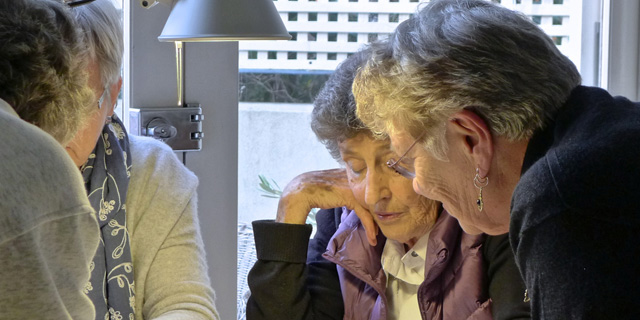Connecting Homes and Communities for Ageing: How to support an ageing population
Substantial developments in technology and design enable independent living

The world is constantly changing, and for most developed countries the impact of ageing is being felt economically, socially and in the healthcare sector. The traditional notion of aged care is often associated with residential aged care, but many people want to stay independent, remain in their home and connected to family and community. Substantial developments in technology and design have occurred in the last decade to enable this, but how do we translate this to ensure that it is relevant/accessible by the ageing community? And how do we ensure elderly people with cognitive disabilities are well supported by adaptive and intuitive technologies?
Inclusion, socialisation and participation are all integral to the health of our ageing population, but often technology is not implemented suitably or the interface lacks user-friendliness for an aged person. What role do policy-makers play in implementation? Despite these uncertainties the future is bright, with better design and more efficient products on the market every year. Advances in telemedicine will see the provision of remote health and social care to preserve people's self-sufficiency and increase their quality of life. So what does the future ‘connected home’ look like?
Join our panel of experts as we explore the future of connected homes and communities for our ageing population.
Date: Wednesday 15 June 2016, 5.30-7.30pm
Venue: Auditorium,Melbourne Brain centre (30 Royal Parade, Parkville)
For further details and to register: http://www.neuroscience.unimelb.edu.au/content/connecting-homes-and-communities-how-support-ageing-population